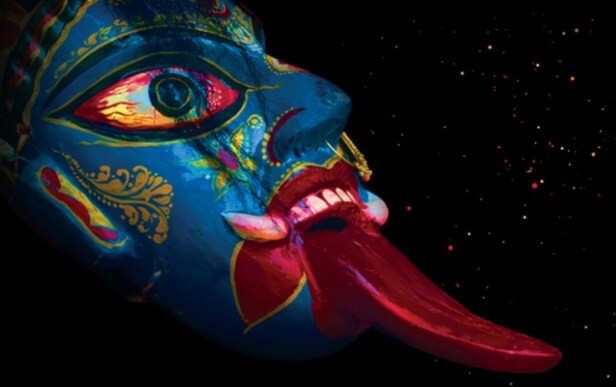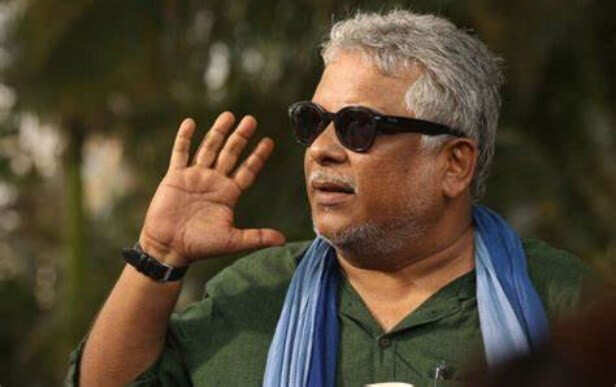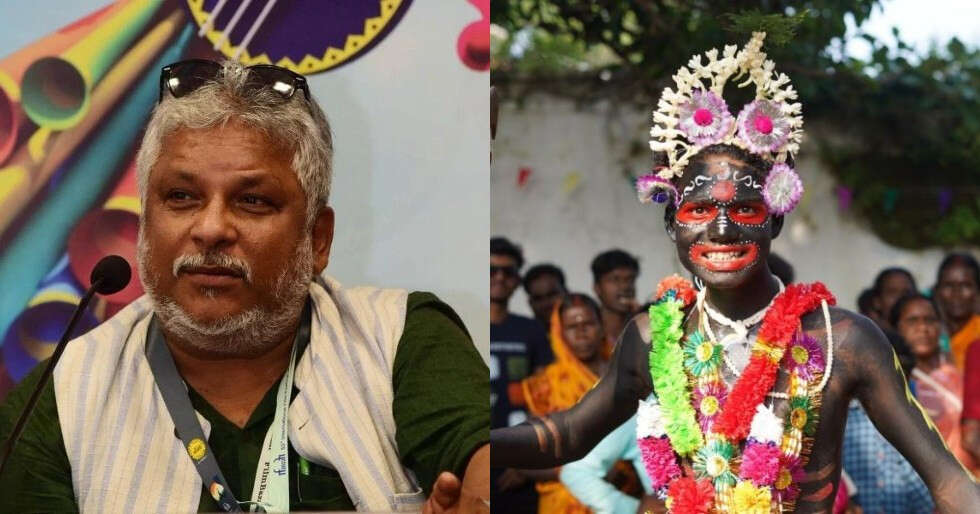A film or story, if not rooted in its culture, will never resonate with the audience, says filmmaker Sudipto Sen during a freewheeling conversation with Filmfare. He emphasises this multiple times during the interview and says this is one of the things that Hindi filmmakers have failed to understand. The filmmaker takes pride in his stories being rooted in Indian culture. He talks to us about Bollywood’s identity crisis and how Kantara inspired him to tell the story of Charak. Excerpts:
The film premiered in Berlin…
Over the last 12-14 years, whenever I got a chance to put forward my ideas, I always advocated for Indian cinema. Not Bollywood, Kollywood, Tollywood or Mollywood. The reason Iranian cinema is loved by people globally is that it is the cinema of their land. But our tragedy is that we are living with that ‘wood’ culture. Indian cinema will become global cinema only when we are free from this ‘wood’. People did not take me seriously back then. In the last couple of years, the audience has blatantly refused the so-called commercial mainstream Hindi cinema. Only those cinemas that have the essence of the root intact have survived.
With your film, are you trying to bring in the same kind of impact that Kantara had?
Exactly. Unknowingly Charak has come out as almost in the same genre as Kantara. Thanks to Kantara makers and the people attached to Kantara who realised the importance of telling the story of their land they grew up in. Similarly, I believe in the story of Charak as it is something I grew up with. I wanted to tell the story of the remote Bengal-Bihar border area. That is the reason I took the film to the Berlin International Film Festival. The intention was to tell the story of the Indian heartland to a global audience.
The main theme of the story is a clash between faith and humanity. How did you navigate through these complex themes?
I’ve realised that films, unless they offend some, are not successful films. That is the reason I made the film, to underline the issues before our society. Earlier, there used to be human sacrifices and we have talked about that in our film. We have given the statistics and shown some major news clips of where human sacrifice happened. Charak is a melting pot of Indian culture, painting, art, music, as well as the tantric practices.
See Also: Kantara: Chapter 1 Makers Shoot For a Grand War Sequence
Why do you think the audience is rejecting commercial films? Is there any formula to get them back to the theatres?
No, there is no formula. If you have content in your film, a good script and good technical support, then you are game.Kantara has shown what a film can achieve without having a big name or big stars. You can say that the audacity of making Charak has come from that inspiration.
What is your vision for the future of Indian cinema?
I am extremely worried about Hindi cinema. Last year, besides four films, out of which two were dubbed, not a single Hindi film came out as an original Hindi story for the Indian audience. Only stories which have content, are socially relevant and are in line with our heartland are going to flourish. For example, in Pushpa, the hero wears a lungi. Can you imagine a film of 1000 crores where the hero is wearing a traditional dress or lungi? The makers of Pushpa believed in their culture. Unless you believe in your own culture, you will never be able to make a mark on somebody else’s mind.
What do you think Hindi filmmakers need to get right if they want to get back to their glory?
They should first stop adopting from other language films. They should believe in Hindi cinema and Hindi literature because Hindi literature is one of the finest literature in the world. Unfortunately, the Hindi filmmakers do not speak Hindi.If you go to a Tamil or Malayalam film’s set, you’ll see that they speak in their language. But if you go to any Hindi cinema set, you will see that they speak in English. You need to understand that when you utter a Hindi word, it is not merely a word; it has come from a thousand-year-old culture. You have to be the torchbearer of that culture. Films which are rooted in their culture are doing the biggest business.
What were the challenges of shooting this film in a real location with real people?
The challenges were huge. The Charak festival features a tall tree trunk, about 40 to 50 feet high, which serves as a central structure for the rituals. A bamboo stick is balanced across or around it, and devotees perform daring feats, often swinging or spinning around the trunk using that bamboo. We hired real people to do those stunts. And while doing so, some people fell ill and they believed that it was the curse of Devi Maa and Shivji for working on this film. So they ran away in the middle of the shoot. One guy must have had epilepsy. He started shaking and then fainted. After that, they were convinced that it was the curse of Devi maa. You can’t convince these people with logic.
What are your upcoming projects?



